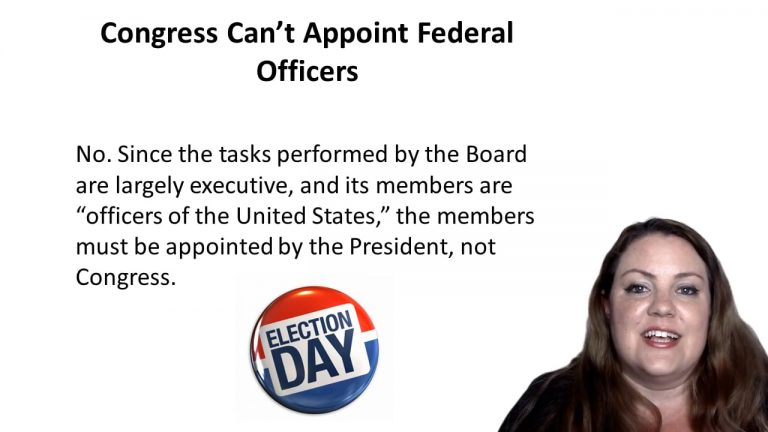SmartBrief
Confirm favorite deletion?
Constitutional Law Keyed to Maggs
Nixon v. Fitzgerald
Citation:
457 U.S. 731 (1982)Facts
In January 1970 the respondent A. Ernest Fitzgerald lost his job as a management analyst with the Department of the Air Force. Fitzgerald’s dismissal occurred in the context of a departmental reorganization and reduction in force, in which his job was eliminated. In announcing the reorganization, the Air Force characterized the action as taken to promote economy and efficacy in the Armed Forces. Claiming that he had suffered retaliation for his congressional testimony, Fitzgerald sued former President Richard Nixon and others for damages. President Nixon claimed that he had absolute immunity from liability for any action that he may have taken against Fitzgerald while he was President.
Only StudyBuddy Pro offers the complete Case Brief Anatomy*
Access the most important case brief elements for optimal case understanding.
*Case Brief Anatomy includes: Brief Prologue, Complete Case Brief, Brief Epilogue
- The Brief Prologue provides necessary case brief introductory information and includes:
Topic:
Identifies the topic of law and where this case fits within your course outline.Parties:
Identifies the cast of characters involved in the case.Procedural Posture & History:
Shares the case history with how lower courts have ruled on the matter.Case Key Terms, Acts, Doctrines, etc.:
A case specific Legal Term Dictionary.Case Doctrines, Acts, Statutes, Amendments and Treatises:
Identifies and Defines Legal Authority used in this case.
- The Case Brief is the complete case summarized and authored in the traditional Law School I.R.A.C. format. The Pro case brief includes:
Brief Facts:
A Synopsis of the Facts of the case.Rule of Law:
Identifies the Legal Principle the Court used in deciding the case.Facts:
What are the factual circumstances that gave rise to the civil or criminal case? What is the relationship of the Parties that are involved in the case.Issue(s):
Lists the Questions of Law that are raised by the Facts of the case.Holding:
Shares the Court's answer to the legal questions raised in the issue.Concurring / Dissenting Opinions:
Includes valuable concurring or dissenting opinions and their key points.Reasoning and Analysis:
Identifies the chain of argument(s) which led the judges to rule as they did.
- The Brief Prologue closes the case brief with important forward-looking discussion and includes:
Policy:
Identifies the Policy if any that has been established by the case.Court Direction:
Shares where the Court went from here for this case.
Topic Resources
Topic Outline
Topic Refresher Course
Topic Charts & Notes

 8m 0s
8m 0s